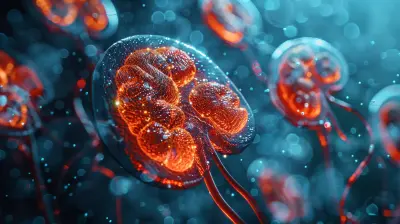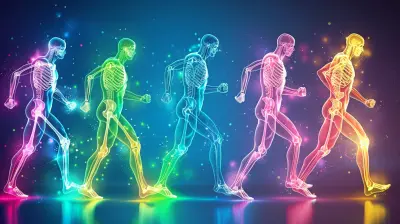Understanding the Difference Between Trans Fats and Healthy Fats
20 May 2025
When it comes to fats, the debate is endless. Some people avoid them like the plague, while others swear by high-fat diets. But not all fats are created equal. Some are essential for our health, while others can be downright dangerous. The key is knowing the difference.
In this article, we’ll break down the differences between trans fats and healthy fats, explain why some fats are good for you, and highlight the dangers of unhealthy fats. So, if you've ever been confused about what you should or shouldn't be eating, buckle up—this guide is for you! 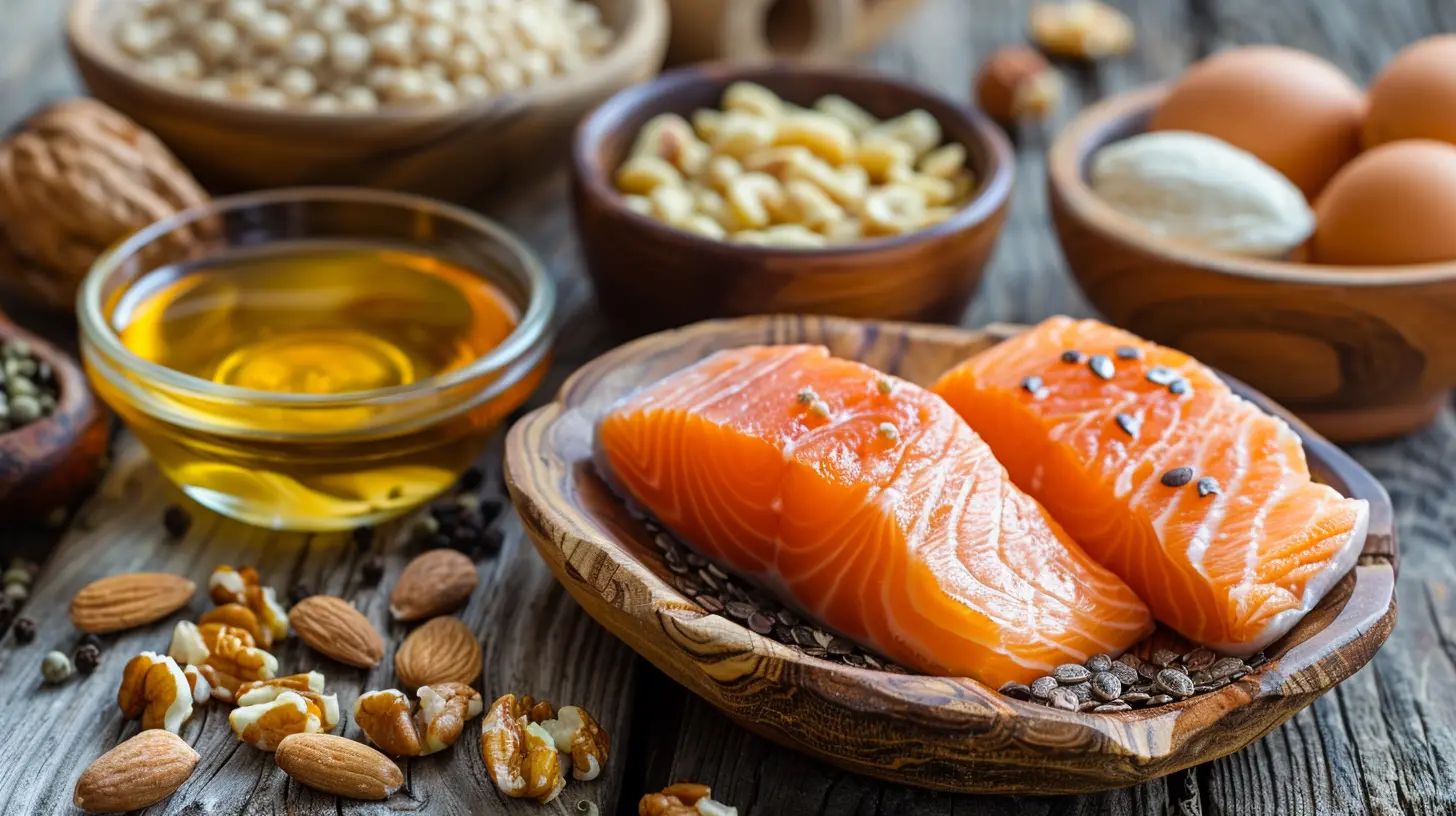
What Are Fats, and Why Do We Need Them?
Before we dive into the specifics of trans fats and healthy fats, let’s start with the basics—why do we even need fats?Fats are one of the three macronutrients (along with carbohydrates and protein) that provide energy to our bodies. They help in cell growth, hormone production, and nutrient absorption. Plus, they make our food taste delicious—but not all fats are beneficial. Some can support your health, while others can wreak havoc on your body in ways you might not even realize. 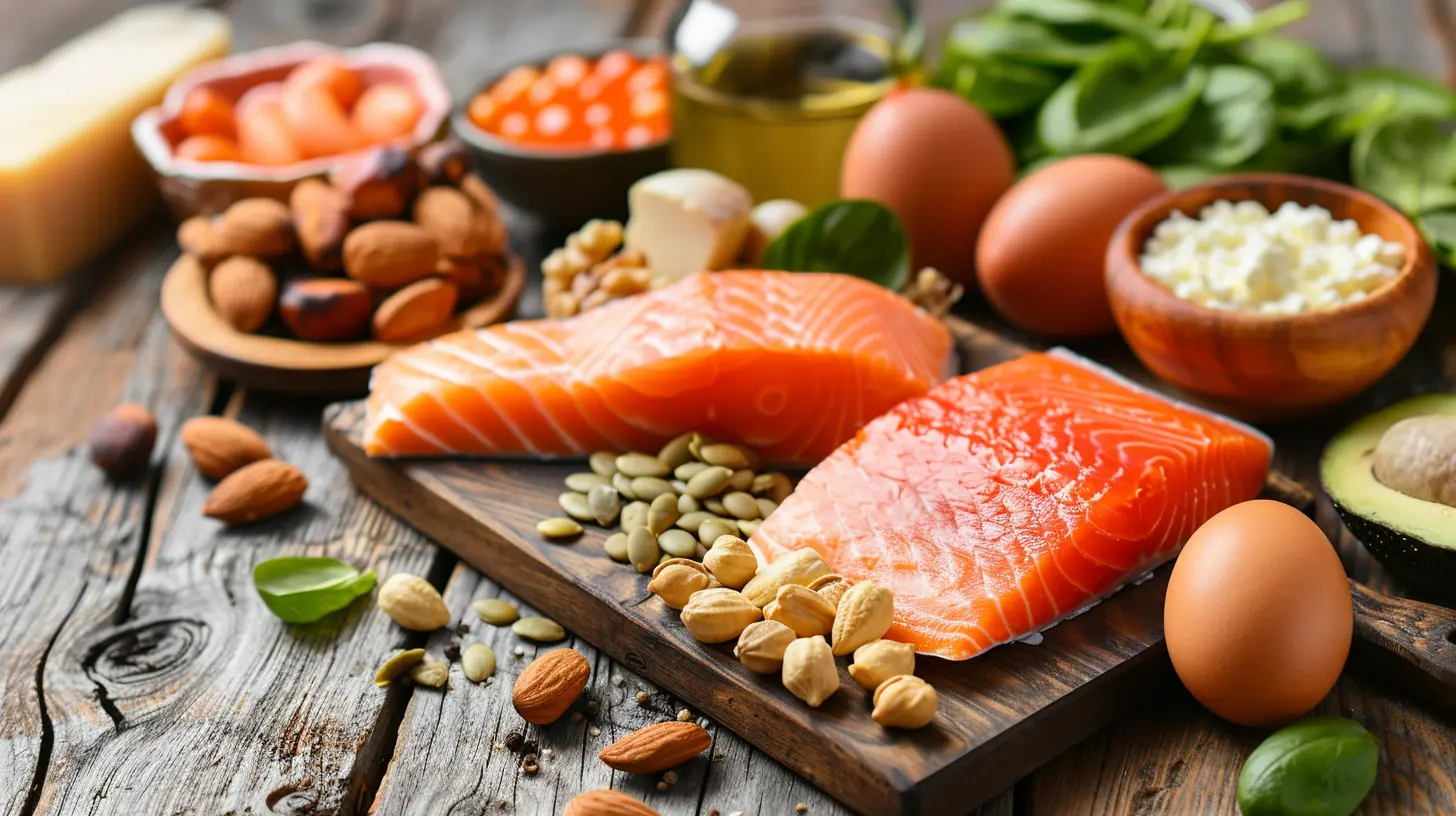
Trans Fats: The Silent Health Killers
Trans fats are the worst kind of fats you can put into your body. They're artificially created through a process called hydrogenation, which turns liquid oils into solid fats. This process extends the shelf life of foods, making them popular in processed and fast foods.Where Do Trans Fats Come From?
Trans fats are mostly found in:- Fast food (French fries, fried chicken, etc.)
- Packaged snacks (chips, crackers, cookies)
- Margarine and vegetable shortening
- Frozen pizzas
- Commercial baked goods (cakes, pastries, doughnuts)
Manufacturers love using trans fats because they improve texture and increase shelf life. But your body? Not so much.
Why Are Trans Fats So Dangerous?
Eating trans fats has zero health benefits—only risks! Here’s why they’re so dangerous:- Increases bad cholesterol (LDL): Trans fats raise your levels of low-density lipoprotein (LDL), the "bad" cholesterol that clogs arteries.
- Lowers good cholesterol (HDL): They decrease high-density lipoprotein (HDL), which helps remove LDL from your bloodstream.
- Raises heart disease risk: Studies have linked trans fat consumption to a higher risk of heart attacks and strokes.
- Increases inflammation: Chronic inflammation is a root cause of many diseases, from diabetes to arthritis.
- Linked to obesity: Trans fats can lead to weight gain and insulin resistance, increasing your risk of type 2 diabetes.
The Good News: Many Countries Are Banning Trans Fats
Due to their harmful effects, many countries have banned or restricted trans fats in food products. The FDA (Food and Drug Administration) in the U.S. banned artificial trans fats in 2015, drastically reducing their presence in food. However, they can still be found in some products, so always check the labels!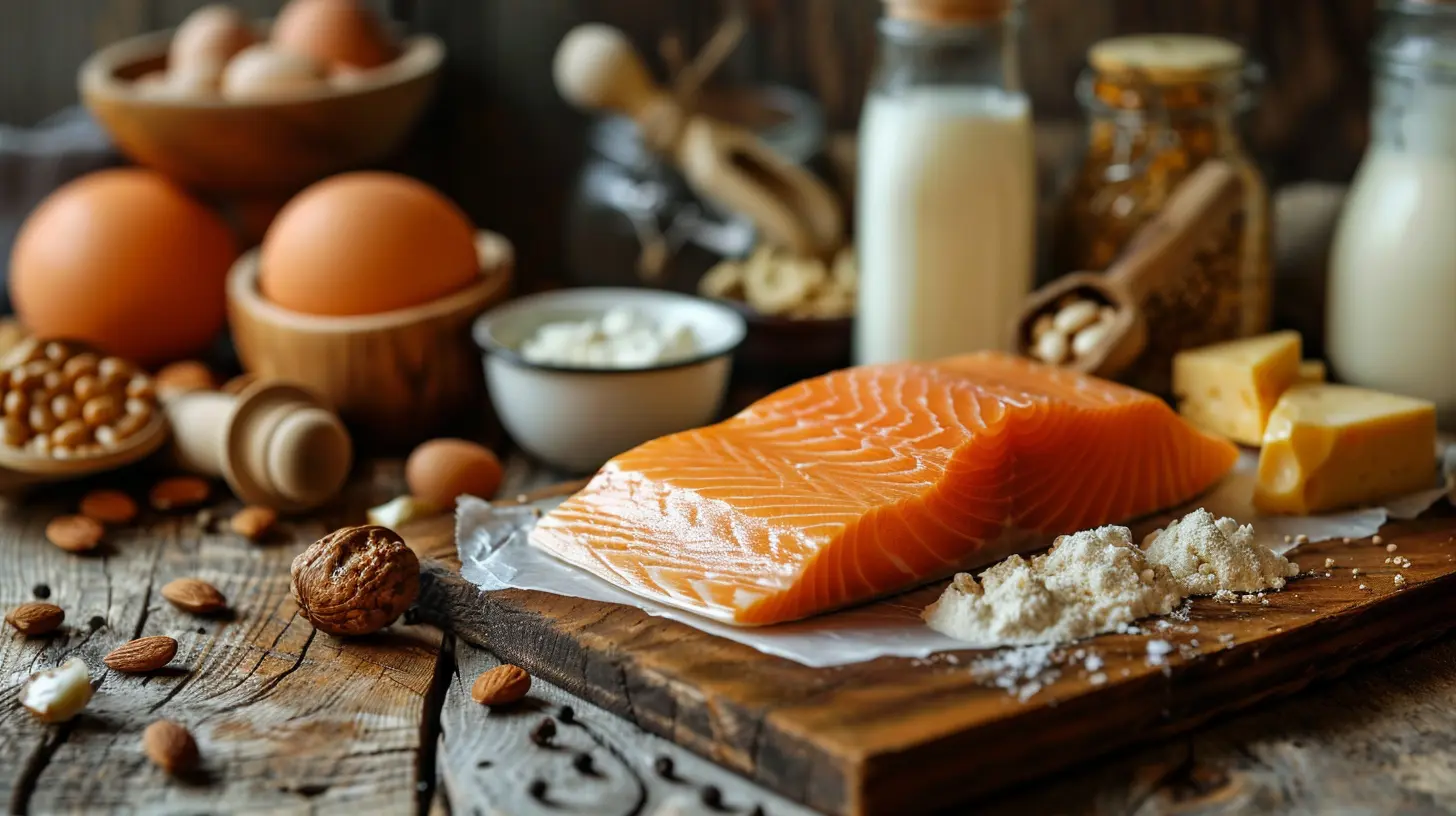
Healthy Fats: The Good Guys
Now that we’ve covered the bad guys, let’s talk about the fats your body actually loves. There are two main types of healthy fats: unsaturated fats and omega-3 fatty acids.1. Unsaturated Fats: The Heart-Healthy Choice
Unsaturated fats are liquid at room temperature and come from plant-based sources. They help reduce bad cholesterol and lower the risk of heart disease.Monounsaturated Fats (MUFAs)
Monounsaturated fats are fantastic for heart health. They help lower LDL cholesterol levels and reduce inflammation.Where to find them:
- Olive oil
- Avocados
- Nuts (almonds, cashews, peanuts)
- Seeds (sesame, pumpkin)
Polyunsaturated Fats (PUFAs)
Polyunsaturated fats contain essential fatty acids that your body can’t produce on its own. They help with brain function, hormone production, and overall well-being.Where to find them:
- Sunflower oil
- Soybean oil
- Walnuts
- Flaxseeds
2. Omega-3 Fatty Acids: Brain and Heart Superstars
Omega-3s are a type of polyunsaturated fat that’s extremely beneficial for brain health, heart health, and reducing inflammation. They also play a crucial role in mental well-being, helping to combat depression and anxiety.Where to find omega-3s:
- Fatty fish (salmon, mackerel, sardines)
- Flaxseeds and chia seeds
- Walnuts
- Algae-based supplements (perfect for vegans) 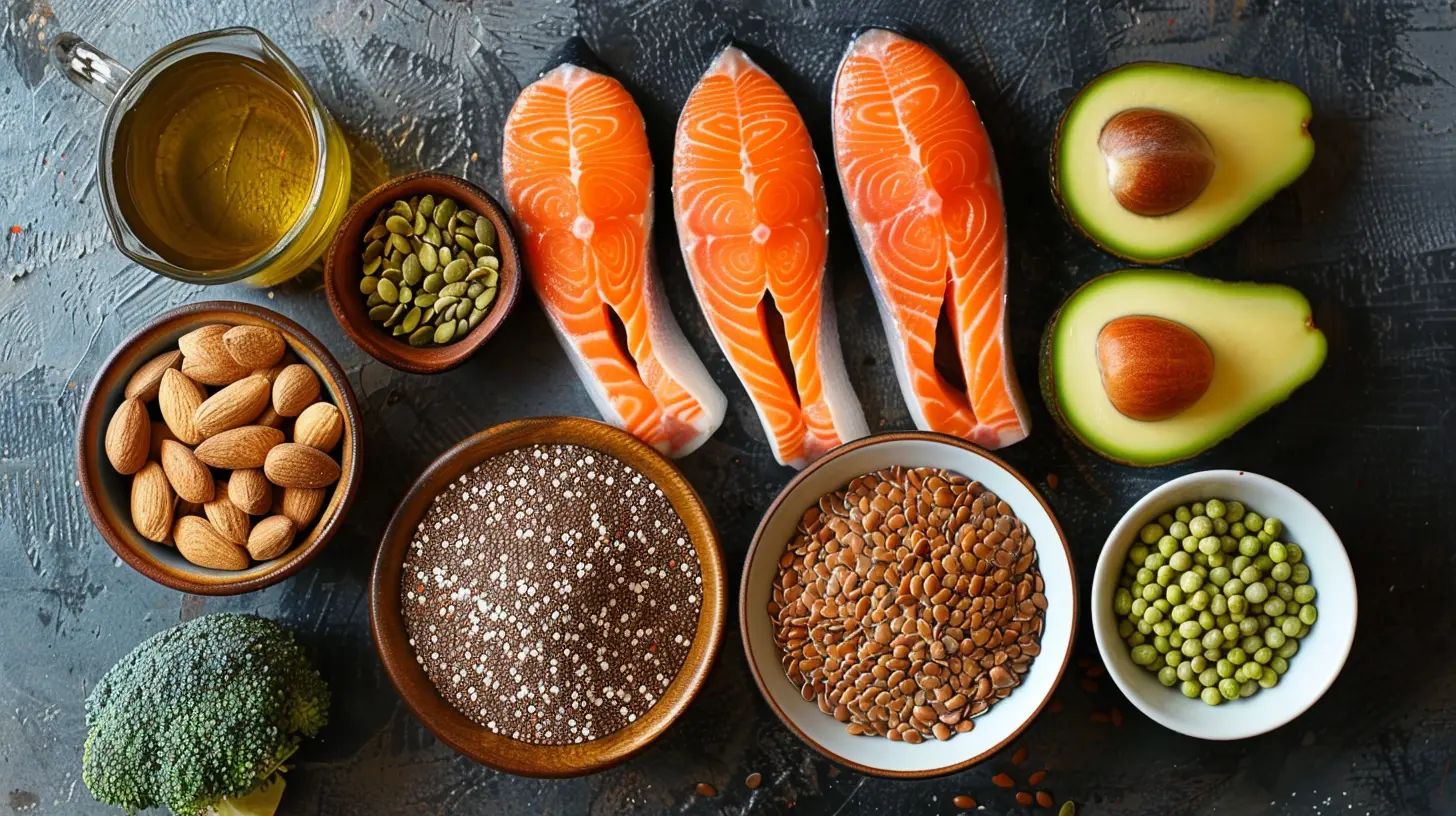
Saturated Fats: Good or Bad?
Saturated fats are a bit controversial. They are solid at room temperature and are commonly found in animal products. For years, they were blamed for heart disease, but newer research suggests they might not be as harmful as once thought.Common sources of saturated fats:
- Red meat
- Butter
- Cheese
- Coconut oil
The key with saturated fats? Moderation. Unlike trans fats, they aren't inherently harmful, but eating too much can still lead to high cholesterol. Stick to whole, unprocessed sources when incorporating them into your diet.
How to Make Healthier Fat Choices
Want to make better choices when it comes to fats? Follow these simple tips:1. Ditch trans fats completely. If you see "partially hydrogenated oils" on a food label, put it back on the shelf.
2. Use healthy oils. Cook with olive oil instead of vegetable oils or margarine.
3. Eat fatty fish twice a week. Salmon and tuna are excellent sources of heart-healthy omega-3s.
4. Snack smart. Swap chips and cookies for nuts, seeds, and avocados.
5. Choose whole foods. Get your fats from natural sources like nuts, seeds, and healthy oils, rather than processed foods.
The Bottom Line
Not all fats are bad. In fact, your body needs fats to function properly. The trick is choosing the right ones. Trans fats? Steer clear. Healthy fats? Embrace them.By making small but smart choices in your diet, you can protect your heart, boost your brain health, and enjoy a more balanced lifestyle. So go ahead and drizzle some olive oil on your salad, toss some walnuts into your yogurt, and enjoy that piece of dark chocolate—you’re doing your body a favor!
all images in this post were generated using AI tools
Category:
Healthy FatsAuthor:

Laurie Barlow
Discussion
rate this article
3 comments
Spencer McNeely
Choose health; avoid trans!
May 29, 2025 at 2:47 AM

Laurie Barlow
Thank you for your comment! Prioritizing health by avoiding trans fats is key to better nutrition.
Zephyrae Lee
Thank you for clarifying the distinctions between trans fats and healthy fats. This article provides valuable insights for making informed dietary choices. I appreciate the emphasis on the importance of understanding fat types for overall health.
May 25, 2025 at 3:42 AM

Laurie Barlow
Thank you for your kind words! I'm glad you found the distinctions helpful for making informed dietary choices. Your health is important!
Deborah Barron
Great article! Understanding the difference between trans fats and healthy fats empowers us to make smarter choices. Let's embrace healthy eating for a happier, vibrant life! 🌟🥑
May 20, 2025 at 3:07 PM

Laurie Barlow
Thank you for your kind words! I'm glad you found the article helpful. Here’s to making informed, healthy choices! 🌱

